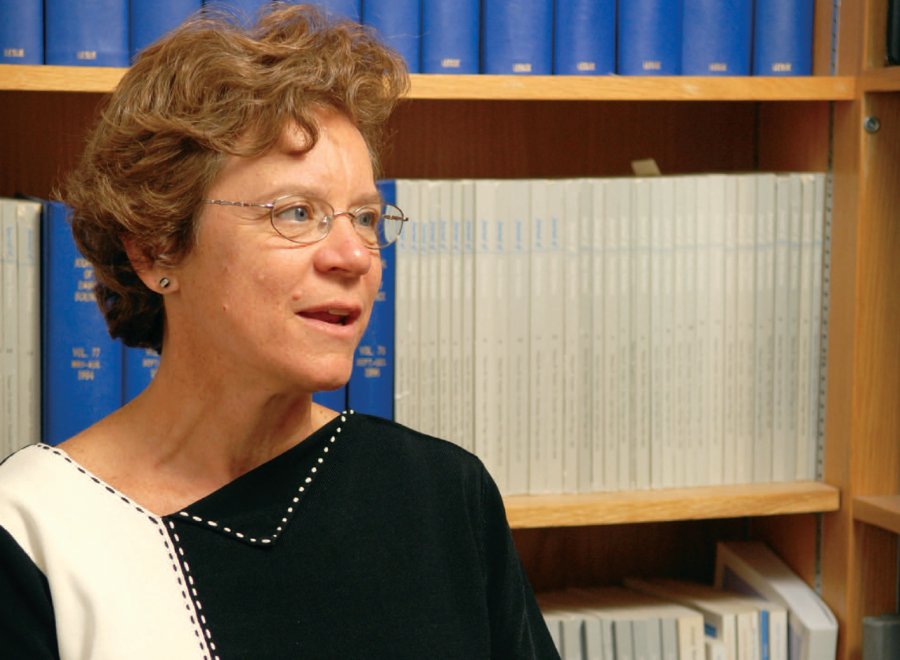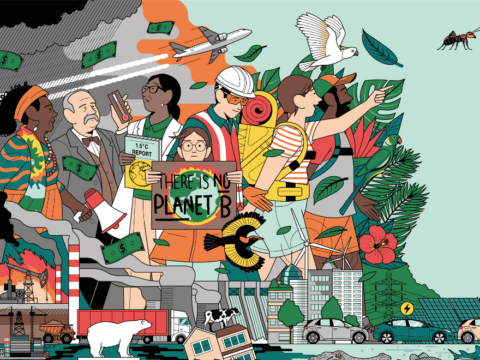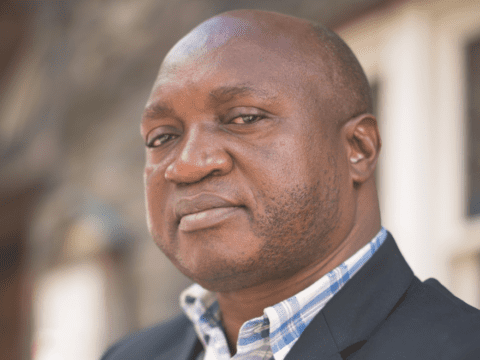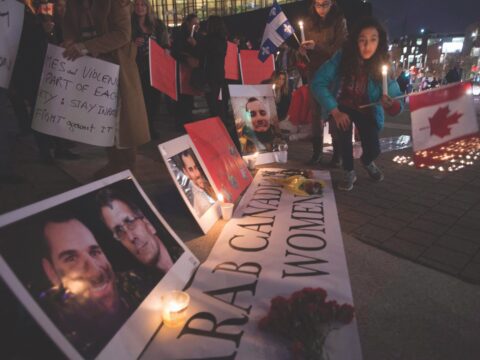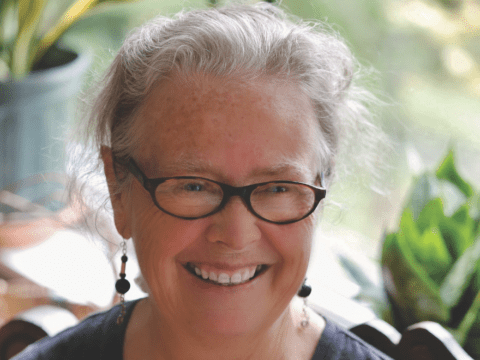University of Guelph veterinary science professor Cate Dewey talks to David Wilson about the program she and her church are running to help AIDS orphans in rural Kenya go to school.
DAVID WILSON: You went to western Kenya in 2006 to study links between livestock management and human epilepsy. You returned to Canada determined to help AIDS orphans get an education. Can you explain how this happened?
CATE DEWEY: I hadn’t known that there was a large population of AIDS orphans in the region. Around noon on the second day of our visits to local farms for my scientific research project, I noticed a large number of school-age children sitting around in the dust, not playing or working or doing anything. But I also noticed some children wearing school uniforms coming home for lunch. I asked my research assistant, who is Kenyan, to ask the lady of the house why some children were going to school while others weren’t. She explained that there were 12 children on this particular farm. The four in uniforms were her own. The other eight were AIDS orphans. Two were grandchildren whose parents had died; who the others were was hard to tell. The reason the orphans weren’t going to school was because there was no money for pens, pencils and uniforms.
DW: Is this when the Children of Bukati project was born?
CD: Right then and there, as I walked down the dirt path back to our vehicle. I felt I had to do something, and that surely Canadians would help. It seemed pretty simple: if I could raise $15 per year per child and get these children educated through Grade 8, we would make such a difference in the community.
DW: How did you set the wheels in motion?
CD: I began sending out emails to friends and family describing what I had seen and what I felt could be done. I arrived back in Canada on a Friday. On Sunday morning, I showed up at Stone Church United. My minister handed me $100 and said, “Looks like you’ve got yourself a project.” Later, I spoke to the outreach committee. The following Sunday, the outreach treasurer told me the church should commit itself to raising $15,000 over six years. That’s a lot for a little church with about 90 members.
Before I went back to Africa, I gave a presentation at the church. At coffee hour afterward, people came forward with $4,000 in donations. I was totally, totally overwhelmed.
DW: Did you take a suitcase full of money back to Africa?
CD: Yes. I took a lot of money with me. I found a technician at the University of Nairobi who knew of a warehouse where you could buy pens and pencils in dented boxes for next to nothing.
DW: How was your proposal received by local Kenyans?
CD: We arranged a meeting in the principal’s office at the Bukati Primary School. It was a tiny little room, and it was packed with people. All the local officials were there. They understood there were a lot of AIDS orphans not going to school, and they encouraged me to put the project together. But they also had another message for me: the children aren’t eating, and if they don’t eat they can’t learn. If there were a lunch program at the school, the children would come. So if I were to do anything, they wanted me to set up a lunch program.
I walked away from that meeting feeling totally defeated. I had built up this pens and pencils idea in my heart and mind and in my church community. Instead of $15, we were now looking at $200 per child per year for a lunch program, and I was pretty confident I couldn’t raise it. I had a rough couple of weeks, and I did a lot of praying and sent a lot of emails.
But it didn’t seem right to give up. We went back to the school a month later, and I agreed we would work toward having a lunch program if I could figure out a way to raise the money.
DW: How many kids are we talking about?
CD: At that point there were 150 AIDS orphans at the school and potentially 400 more sitting at home.
DW: Explain to me how the lunch program works.
CD: Every child who is an AIDS orphan gets to go to school, and the money is divided equally. When we first started the program, it meant lunches two days a week. Lunch consists of corn and beans, or just corn — which is the local staple — depending on the day of the week, cooked in big pot. Right now it’s three days a week for everybody, five days a week if you are in kindergarten through Grade 2.
DW: What has the program meant for the number of children attending school?
CD: There are now 860 children at the school and, of those, 514 are AIDS orphans supported by our project.
DW: I have read that children who have a Grade 8 education are statistically much less likely to become infected with HIV/AIDS. Is this true?
CD: Yes. A research project in Tanzania showed that in a community where 40 percent of the adults are HIV-positive, if you pull out those with a Grade 8 education, the positivity rate is only six percent. Those who graduate from high school have a two-percent rate.
DW: How will you keep the project going in years to come?
CD: From the start, we said this would be a six-year project, and afterward the community would take care of educating the children themselves. The school principal developed a plan that included a chicken project, a pig project, a dairy cow and gardens to generate income for the school. AIDS orphans who will someday run their own farms also learn how to look after livestock properly.
DW: Where does your support come from now?
CD: From all sorts of places, individual donations and groups, but everything still flows through Stone Church United, which has adopted the project. In two years, we’ve probably raised $100,000. I speak at a lot of churches and community groups, and the project seems to get in to people’s hearts.
DW: Do you ever worry that this project redirects money from the Mission and Service Fund and the overseas work it supports?
CD: I saw that as a real concern, and we talked about it at our church’s annual meeting. I often say to people that there’s not one Canadian who has missed a meal because they’ve given to the Children of Bukati. But there are definitely children in Kenya who are not eating because we haven’t given. If you frame it that way, the question is: do you actually have another $10 to give? My sense is that you do. So there’s $10 for M&S and $10 for Children of Bukati. People see that both do good work.
DW: This project seems to have taken over a big part of your life. What drives you?
CD: As an adult I’ve always believed that we have to do Jesus’ work on earth. He did say to take care of the children and feed the hungry. Through this project, I believe we are doing that, and I think the people who support it are doing Jesus’ work too.
***
This story first appeared in The United Church Observer’s December 2008 issue with the title “‘I felt I had to do something, and that surely Canadians would help.’”

